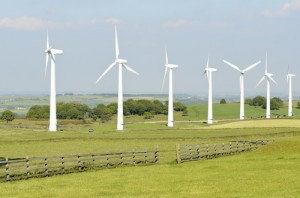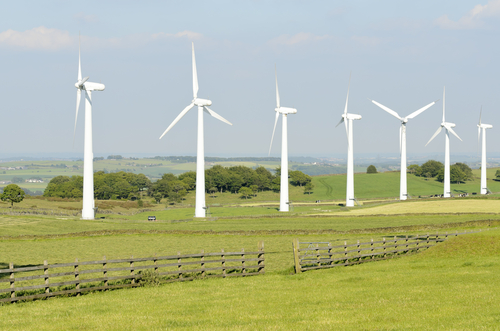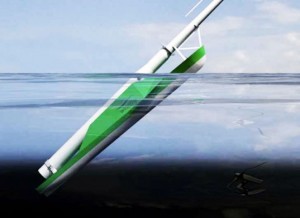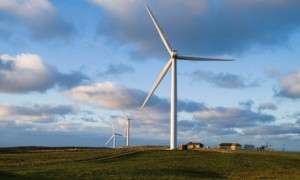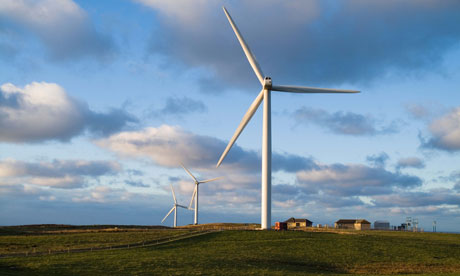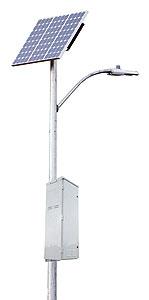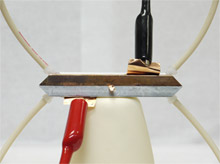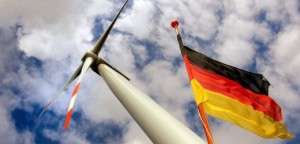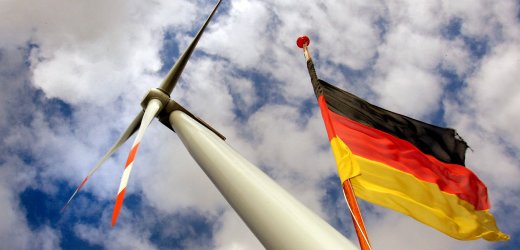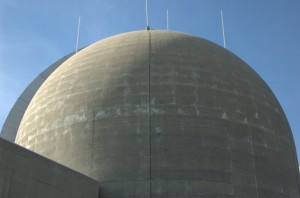
As we know it
In the present era, the renewable energy realm has a share of about 19 percent in worldwide electricity generation. Now, for the uninitiated, this may seem to be a paltry figure, but if we go by statistical expansion, the ongoing phase is certainly propitious for sustainable output. As a matter of fact, total power capacity from renewable sources momentously exceeded the world capacity of nuclear power for the first time in 2011. In this regard, the major progression was actually witnessed in the case of wind power, with a whopping increment from 6.1 GW in 1996 to more than 200 GW by 2011.
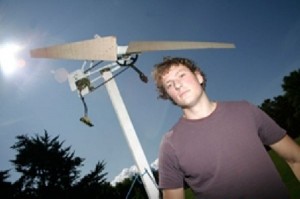
 Follow
Follow